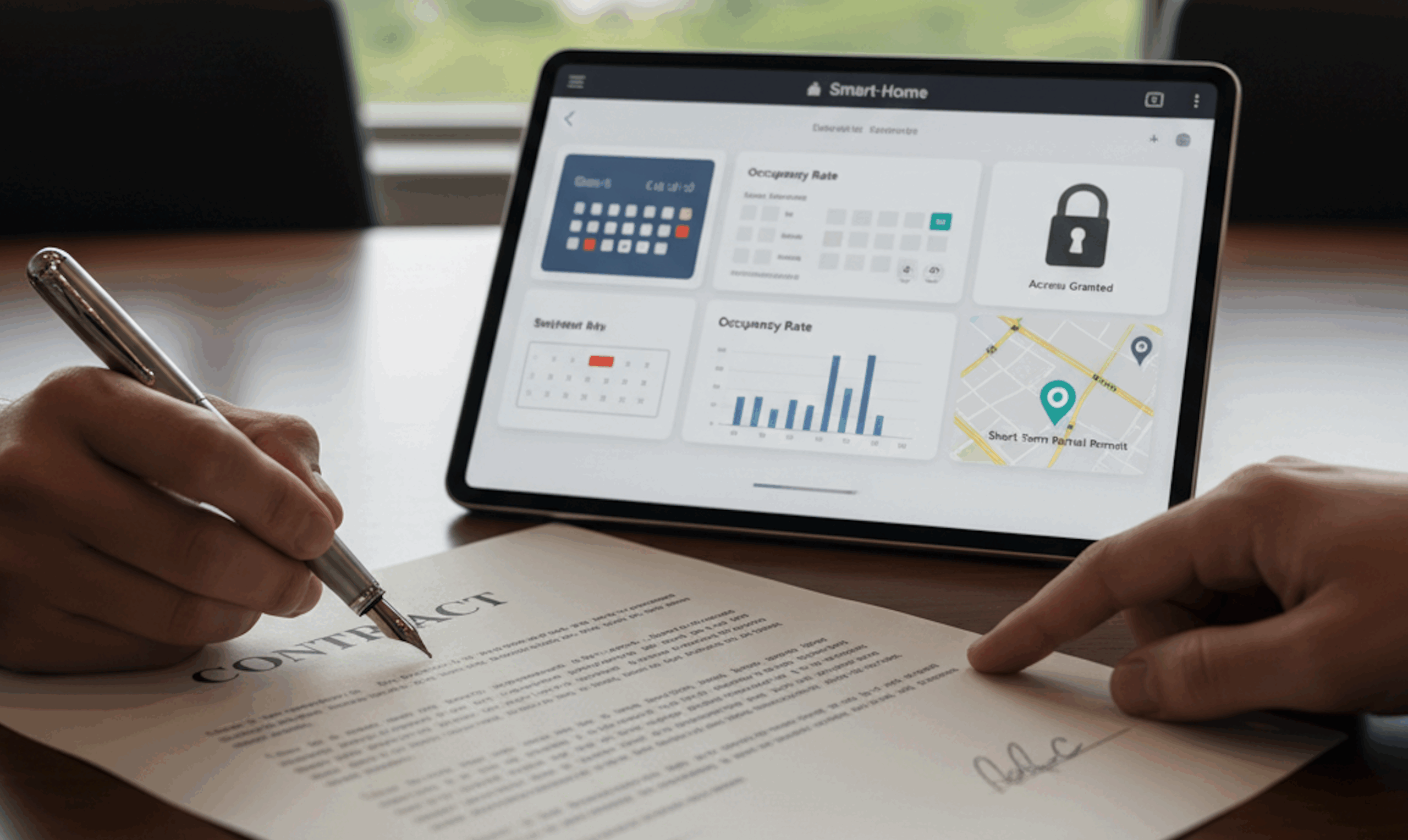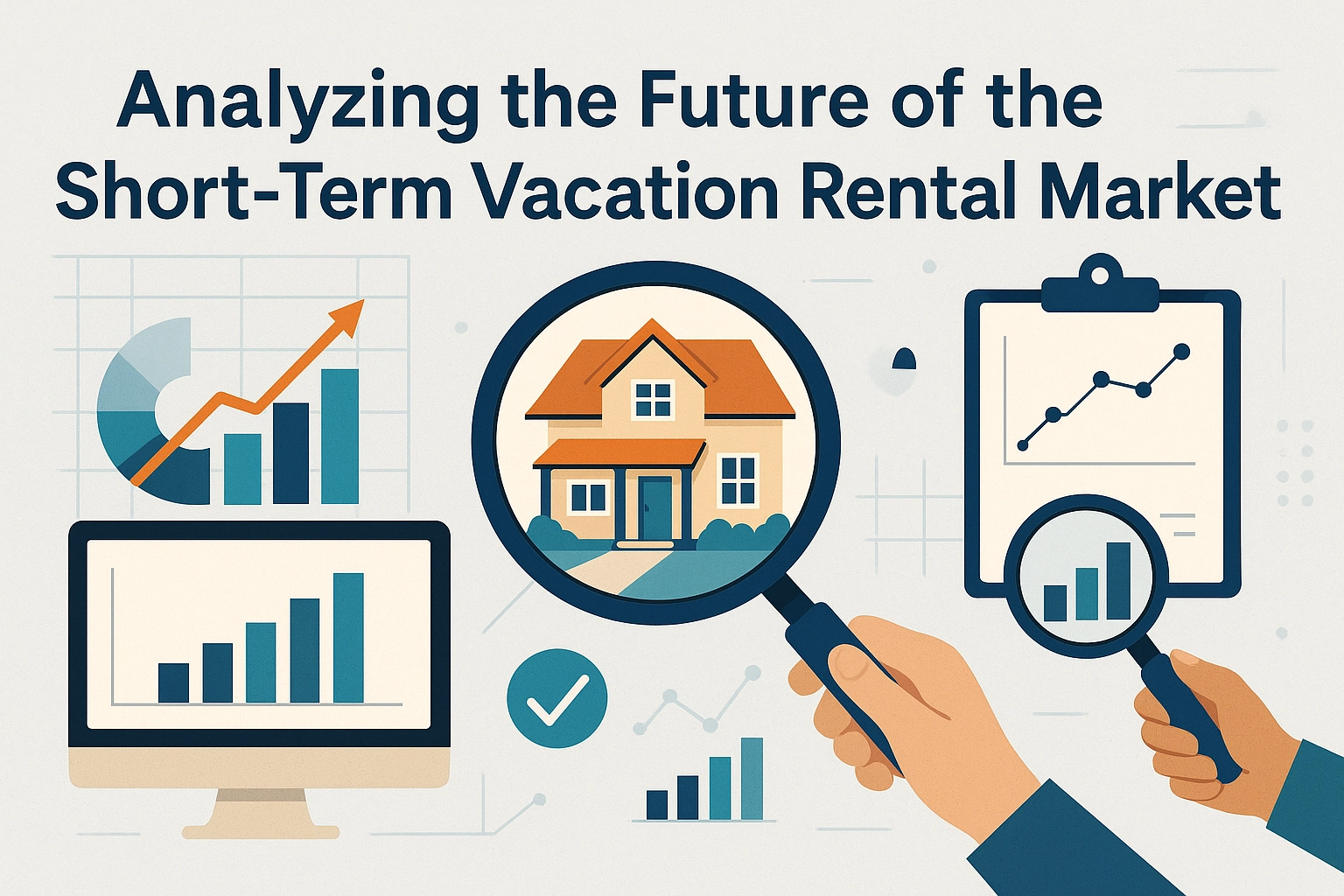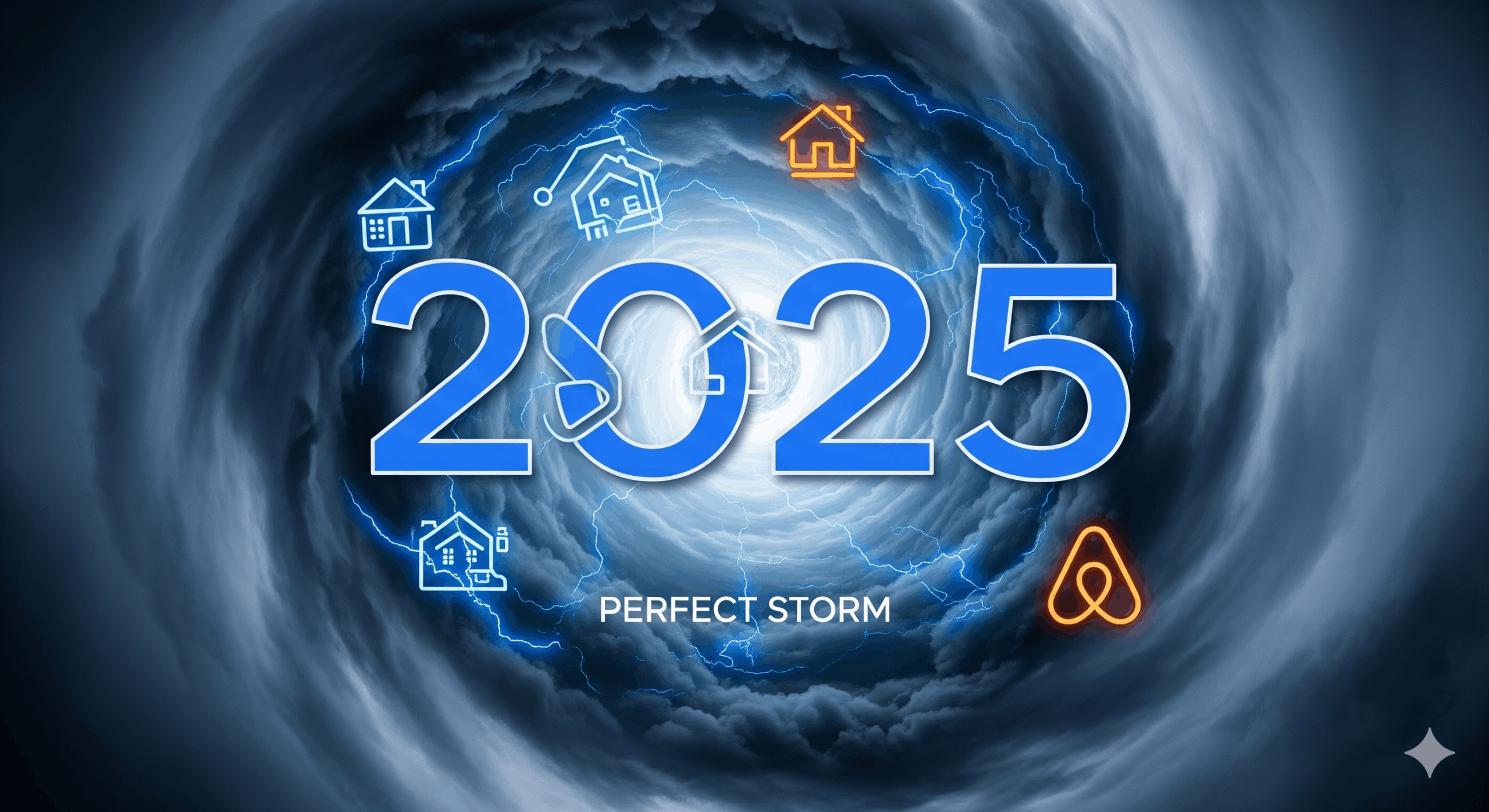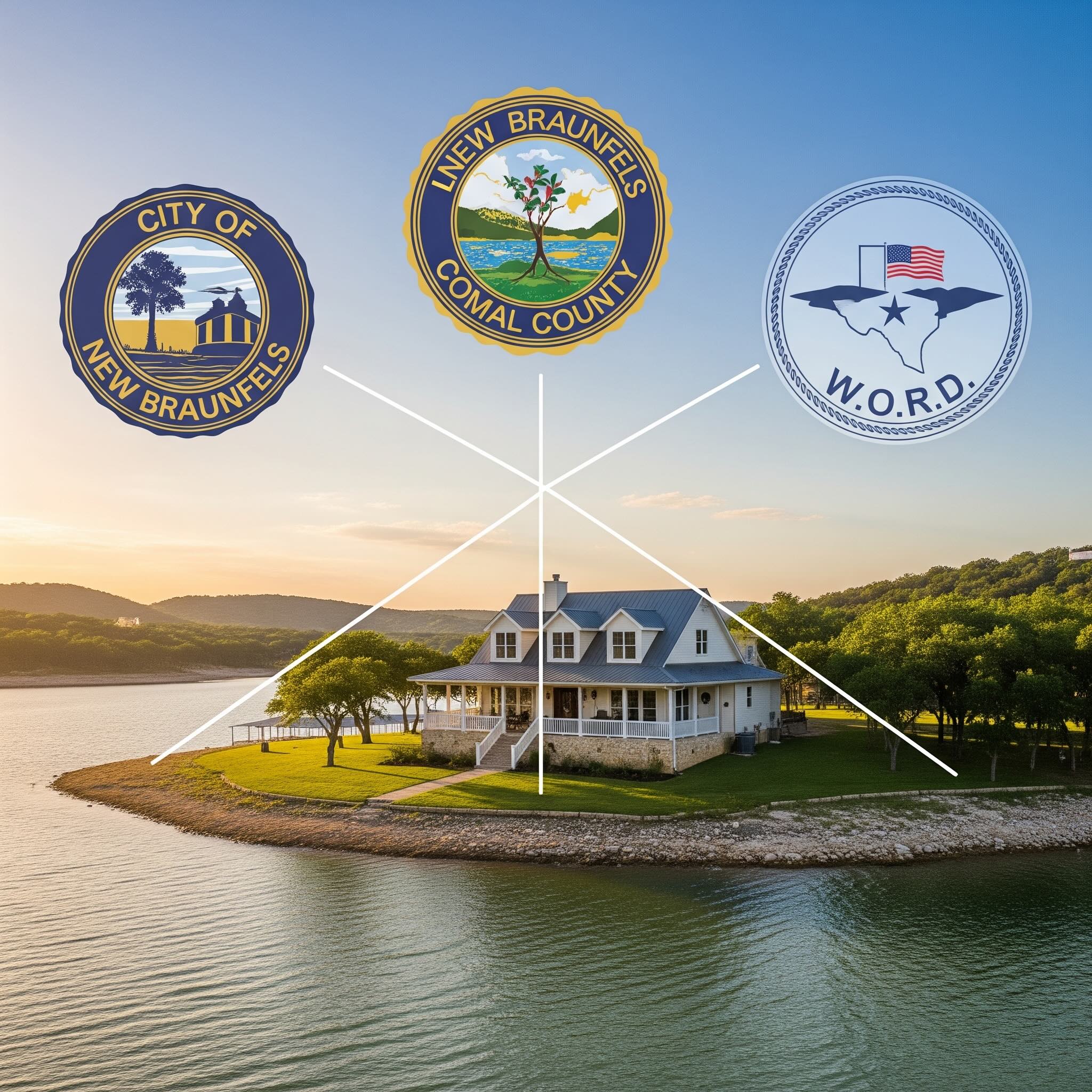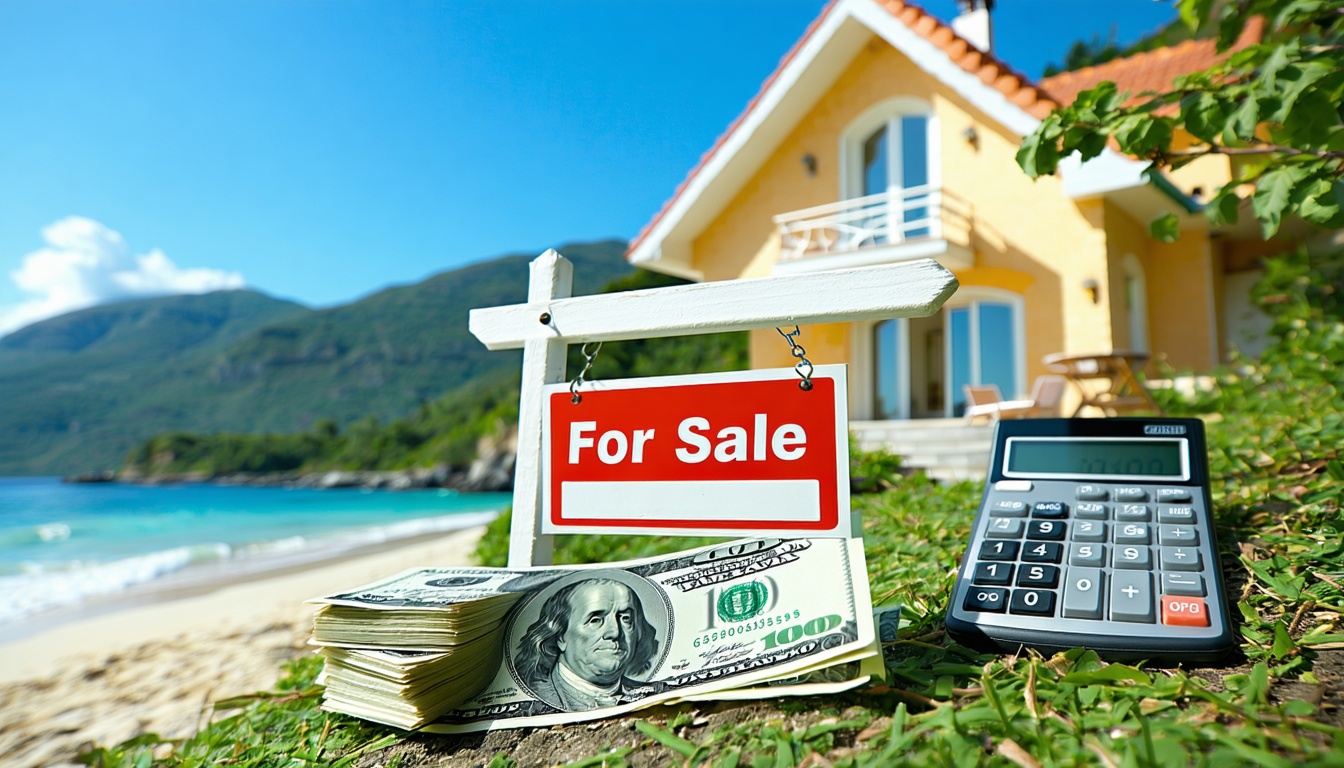After a decade of rapid expansion followed by pandemic whiplash, the short term vacation rental market is entering a more disciplined, data-driven phase. Demand is normalizing, supply is professionalizing, and regulators are sharpening their focus—all while interest rates, inflation, and shifting traveler habits redefine what “good” performance looks like. The headlines can be noisy; the real story lies in how fundamentals evolve across segments, seasons, and cities.
In this analysis, you’ll learn where growth is likely to concentrate and why: from urban rebounds versus leisure cooldowns, to the resilience of drive-to destinations and the premium/luxury split. We’ll examine the metrics that matter—occupancy, ADR, RevPAR, length of stay—and how dynamic pricing, channel mix, and cleaning fees shape conversion. You’ll get a clear read on regulatory trajectories, platform competition, and the professionalization of operators, plus scenario-based forecasts that map soft-landing, oversupply, and regulation-shock outcomes. Finally, we’ll translate the outlook into actionable implications for hosts, managers, and investors: how to position inventory, optimize pricing, allocate marketing spend, and mitigate risk over the next 12–24 months.
Current State and Market Background
Demand and supply momentum
U.S. inventory in the short term vacation rental market reached roughly 1.5 million active listings in 2023, while guest demand advanced about 6% year over year, signaling resilience despite talk of saturation. Supply continued to swell into 2024, with North American listings up an estimated 53% versus 2022, intensifying competition at the neighborhood level. Against that backdrop, the U.S. STR sector is experiencing only a slow, gradual lift in occupancy, and average daily rates are posting muted, low‑single‑digit gains, with growth expected to moderate further in 2025. Practically, this means operators must rely less on broad market upsides and more on calibrated revenue management, sharper merchandising, and targeted distribution to defend RevPAR.
Performance is heterogeneous across top U.S. markets. Sun Belt and drive‑to leisure destinations such as Orlando, Miami, and the Gulf Coast continue to benefit from resilient domestic travel and event calendars, keeping weekend occupancy firm. Mountain gateways (Denver, Salt Lake City) and nearby resort towns have normalized after pandemic peaks, with stronger shoulder seasons offset by softer peak ADRs. Regulatory pressure weighs on select urban cores; New York’s stricter rules have tightened supply, while Austin and Nashville face event‑driven volatility and rising competition from new-build multifamily STRs. Operators in slower lanes should pivot to mid‑length stays, midweek demand (business, medical, construction), and multi‑channel distribution to stabilize occupancy.
Revenue outlook and sizing
Revenue sizing varies by definition. Segment estimates put U.S. vacation-rental platform revenue at roughly $20.08 billion by 2025, while broader spending across the U.S. short‑term rental economy is projected near $138 billion the same year. Globally, 2025 valuations range from about $97.85 billion to higher totals depending on scope; for example, Grand View Research estimates the global short‑term vacation rental market at $134.5 billion in 2024 with continued expansion. With supply still elevated and affordability tight for travelers, 2025 is likely to show modest occupancy gains and flat‑to‑slightly‑positive ADRs, keeping RevPAR growth moderate. To outperform, operators should emphasize dynamic length‑of‑stay discounts, granular event calendars, and cost discipline (linen, turnover labor, energy) to convert small rate moves into durable margin. These baselines frame the strategic playbook for 2025.
Supply Trends and Changes
North American expansion, then a measured deceleration
North America experienced an extraordinary 53% increase in active short-term vacation rental supply between 2022 and 2024, driven by professional operators scaling portfolios, multifamily-to-STR conversions, and the maturation of revenue-management tools. That surge expanded traveler choice but also intensified competition, compressing booking windows and elevating cancellation sensitivity. By late 2024 into 2025, supply growth cooled markedly to roughly 6.8% year over year as financing tightened, regulatory enforcement intensified, and operators prioritized yield over unit count. The moderation has begun to stabilize fundamentals: the U.S. STR market is seeing a slow, gradual increase in occupancy alongside muted ADR gains, with overall growth expected to moderate in 2025. Globally, the sector remains structurally positive, valued near USD 97.85 billion in 2025 and projected to reach about USD 134.26 billion by 2034—signaling headroom even as North America rebalances. For investors, the takeaway is a shift from land-grab tactics to capital discipline and asset optimization.
Market response and operator implications
The market’s response to slower supply growth is nuanced: destinations with earlier oversupply (e.g., parts of the Southeast and Southwest) are normalizing, while supply-constrained urban markets under stricter rules are seeing improved calendar density for compliant hosts. With demand growth steady into 2024 and the U.S. short-term rental market projected around $138 billion in 2025, revenue potential remains resilient despite softer ADR momentum; see the US short-term rental statistics and 2025 revenue outlook for context. Expect marginal occupancy gains to outpace price growth in 2025, rewarding operators who focus on RevPAR and net operating income rather than headline rates. Actionably, lean into dynamic pacing (protect weekends, build midweek base), length-of-stay fences, and differentiated amenities that justify modest premiums without eroding conversion. Calibrate channel mix to reduce acquisition costs, and develop regulatory resilience (registration, tax automation, and contingency plans for mid-term stays). Markets with diversified demand drivers—medical, corporate, and events—should outperform as supply expansion becomes more selective.
Demand Fluctuations and Operator Concerns
Operator sentiment and demand signals
Across the short term vacation rental market, 89% of operators report concern about a potential demand slowdown. The data provides context: the U.S. STR sector is posting a slow, gradual increase in occupancy with muted average daily rate (ADR) gains, and growth is expected to moderate into 2025. Supply expansion remains the dominant headwind—North American listings surged 53% between 2022 and 2024, while U.S. active listings reached roughly 1.5 million in 2023 and guest demand rose a more modest 6% with steady growth into 2024. At the same time, headline forecasts look robust—the U.S. market is projected to hit $138 billion in 2025 and the global market is valued at about $97.85 billion in 2025 with a path to $134.26 billion by 2034. The divergence between macro growth and property-level results is fueling operator anxiety around occupancy pacing, length of stay, and rate resistance.
What’s driving demand shifts
Several forces are reshaping booking patterns. First, supply-led dilution in leisure-heavy destinations compresses occupancy and ADR as similar units crowd the same dates. Second, traveler behavior is normalizing: urban and international trips are recapturing share, compression events are less extreme, and booking windows are stabilizing, redistributing demand across seasons. Third, external pressures—rate-sensitive consumers, airfare volatility, new hotel openings, regulatory tightening, and platform algorithm changes—create uneven market performance and make demand less predictable. For a deeper view of these shifts and the supply run-up, see this analysis of the short-term rental market in 2025.
Implications for strategy and decisions
Operators are moving from expansion to resilience. Practical steps include dynamic pricing tied to on-the-books pace and competitive sets, refining minimum-stay and gap-night rules, and diversifying distribution while growing direct bookings via loyalty offers and email remarketing. Asset decisions favor regulation-stable markets and differentiated units (e.g., family-ready amenities, pet-friendly yards) that resist commoditization. Many teams are testing mid-term corporate stays to smooth shoulder periods, investing in SEO and local partnerships to capture midweek demand, tightening housekeeping productivity, and preserving cash through variable cost structures. These shifts can convert uncertainty into disciplined, margin-focused growth.
Comparison with Hotel Industry
RevPAR growth in Q2 2025
Across Q2 2025, short-term rentals modestly outpaced hotels on RevPAR growth, extending a trend of mixed travel normalization. Industry trackers indicate low single-digit hotel RevPAR gains, constrained by plateauing ADRs and occupancy near late-cycle ceilings, while rentals posted a slightly stronger uplift. The rental segment benefited from a gradual occupancy increase and intact rate power in drive-to leisure markets, offsetting muted ADR momentum nationally. This aligns with a U.S. short term vacation rental market approaching $138 billion in 2025 and a global sector valued near $97.85 billion, both growing steadily despite moderation. For context on hotel baselines, consult STR hotel performance benchmarks.
Several factors explain the outperformance. Supply has expanded materially since 2022, but professional operators have curated inventory toward family-sized units and amenity-rich stays, lifting conversion without relying on aggressive discounting. Dynamic-pricing adoption and minimum-stay optimization allowed hosts to capture shoulder-season demand and longer 3–7 night bookings, which carry higher average order values and lower turnover costs. Geographic diversification into secondary coastal, mountain, and suburban nodes insulated rentals from urban event volatility that weighed on midweek hotel comps. Finally, direct booking initiatives and channel-mix discipline reduced distribution costs, enabling competitive rates while preserving RevPAR.
Investment and growth implications
For investors, the signal is not exuberance but resilience. Expect single-digit RevPAR growth through 2025 as occupancy inches up and ADR gains remain muted; underwriting should prioritize operational levers over price inflation. Favor markets where hotel pipelines are constrained and household formation supports multi-bedroom demand, and target assets configurable for flexible lengths of stay. Allocate capex to amenities with measurable revenue impacts—work-ready spaces, pet-friendly features, EV chargers—and layer in revenue management tech and direct-booking funnels to defend margin. Maintain a regulatory playbook, diversify across drive-to leisure and select urban weekends, and set return hurdles assuming normalization, not a reopening-style surge.
Trends Towards Unique and Localized Experiences
Consumer preference is tilting toward uniqueness
With North American listings surging 53% between 2022 and 2024 and U.S. active supply around 1.5 million in 2023, guests are wading through a sea of sameness. In a market where occupancy gains are slow and average daily rates show muted increases into 2025, distinctive inventory converts better and defends rate. Travelers increasingly seek architect-designed cabins, restored historic homes, and amenity-led concepts (saunas, cold plunges, podcast corners) over standardized condos. This preference is surfacing as the U.S. short term vacation rental market approaches $138 billion in 2025 and the global market reaches $97.85 billion, on track for $134.26 billion by 2034. Actionable move: position a “signature” amenity in the first three photos, write listing titles around the unique value, and invest in experience-forward descriptions rather than generic checklists.
Local culture is reshaping rental choices
Authenticity cues—materials, art, and neighborhood rituals—guide decisions as guests trade brand uniformity for place-based identity. Operators who embed local culture with intent see stronger review language and repeat interest, which sustains visibility when growth moderates in 2025. Examples include a Santa Fe adobe featuring regional pottery and gallery passes, an Asheville cabin with Blue Ridge trail kits and brewer partnerships, or a coastal Maine cottage bundled with a licensed lobstering tour. Practical tactics: stock artisan welcome baskets, provide self-guided itineraries, map walkable venues, and spotlight local storytellers in pre-arrival emails.
Differentiation opportunities for 2025 and beyond
As demand rose ~6% in 2023 and continues steadily in 2024, the opportunity shifts from adding units to curating micro-brands. Build themed micro-collections (heritage homes, wellness retreats, cyclist-ready flats), package experiences with timed availability, and pursue sustainability as a local narrative (native landscaping, low-waste amenities). Use dynamic pricing to tie premiums to experience windows, not just dates. Leverage first-party content and guest-generated media to lower acquisition costs. These steps help protect occupancy and RevPAR as market growth moderates.
Future Projections and Revenue Forecasts
U.S. outlook and revenue math
The U.S. short term vacation rental market is projected to expand at a 4.13% CAGR through 2029. Using the 2025 revenue base of roughly $138 billion, that trajectory implies a market near $162 billion by 2029, assuming muted but steady gains in occupancy and average daily rates (ADR). This aligns with recent patterns: listings reached about 1.5 million in 2023, demand rose 6%, and 2024 continued on a steady, normalization path. However, supply expanded 53% between 2022 and 2024, which has tempered ADR growth and pressured RevPAR despite healthy travel intent. Expect growth to moderate in 2025, with incremental occupancy gains offset by competitive pricing dynamics. Operators should double down on granular revenue management (length-of-stay rules, dynamic minimums, localized event pricing), rebalance channel mix toward direct and high-conversion OTAs, and broaden use cases—corporate relocations, small group retreats, and medical travel—to stabilize shoulder seasons.
Global scenarios and macro sensitivities
Globally, estimates diverge. A conservative baseline values the vacation rental market at about $97.85 billion in 2025, with some long-run models pointing to $134.26 billion by 2034. A more bullish view forecasts a $256.31 billion market by 2030, predicated on cross-border travel growth, professionalized supply, and improved monetization per listing. The spread reflects different assumptions on ADR inflation, regulatory friction, and alternative accommodation share versus hotels.
Revenue trajectories will hinge on macro conditions. Easing inflation supports real wage growth and spend per trip, while lower interest rates reduce host financing costs and spur selective reinvestment. Conversely, high fuel prices and a strong U.S. dollar can redirect demand toward domestic, drive-to stays and away from long-haul itineraries. Practical playbook: monitor booking windows and cancelation curves weekly; ladder promotional offers to occupancy thresholds instead of calendar dates; diversify feeder markets; and stress-test 2025–2026 budgets at 100–200 bps lower ADR to preserve margins. These steps position operators to benefit if the upside scenario materializes while remaining resilient if growth underwhelms.
Conclusion and Actionable Takeaways
Summary of findings
The short term vacation rental market is transitioning from rapid expansion to disciplined optimization. U.S. supply surged 53% from 2022–2024, reaching roughly 1.5 million active listings by 2023, while demand advanced about 6% and continued steadily into 2024. Occupancy is inching up and average daily rates are showing muted gains, with growth broadly moderating in 2025. Even so, scale remains compelling: the U.S. market is set around $138 billion in 2025, and the global category is valued at $97.85 billion in 2025 with a runway to $134.26 billion by 2034. Rentals also modestly outpaced hotels on Q2 2025 RevPAR growth, underscoring relative resilience despite normalization.
Actionable takeaways and outlook
- Sharpen revenue management: deploy orphan-night pricing, flexible 2–3 night weekend minimums, and 7-/28-night discounts to lift shoulder-period occupancy by 2–3 points. Track RevPAN and conversion, not just ADR.
- Diversify demand: lift direct bookings by 5–10 points via CRM, email, and paid search while maintaining OTA exposure in feeder markets. Test business-friendly amenities (dedicated desks, 300 Mbps+ Wi‑Fi) to capture midweek “workcation” demand.
- Differentiate the product: lean into uniqueness with EV chargers, pet-friendly setups, and local experiences; leverage add-ons (early check-in, gear rentals) to add 3–5% ancillary revenue.
- Manage costs and risk: standardize turns, adopt smart thermostats for 8–12% utility savings, and stay ahead of permitting and tax compliance.
Emerging opportunities include 7–29 night stays, drive-to secondary markets, and sustainable, local-first offerings. Key challenges: oversupply pockets, ADR compression, rising CAC, and regulatory tightening. Scenario-plan for low single-digit growth and invest in a professional tech stack to stay agile.

